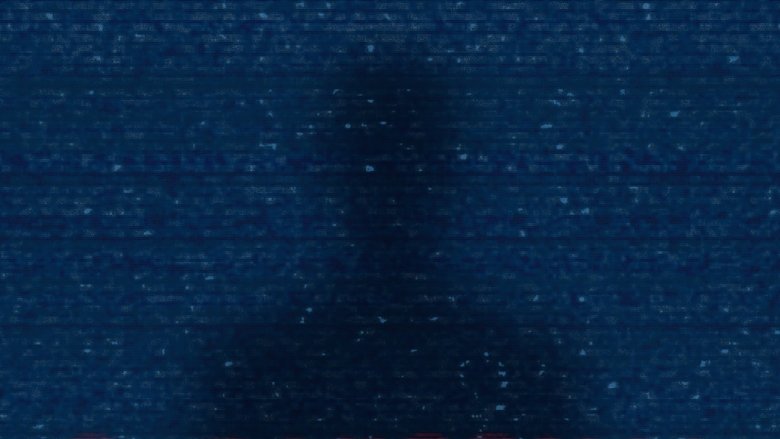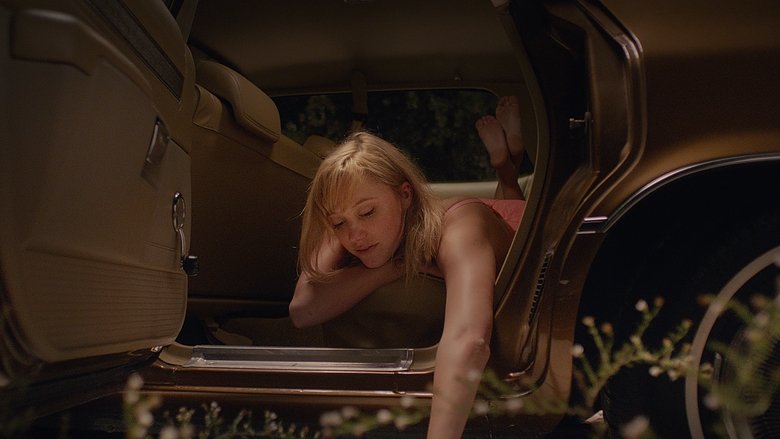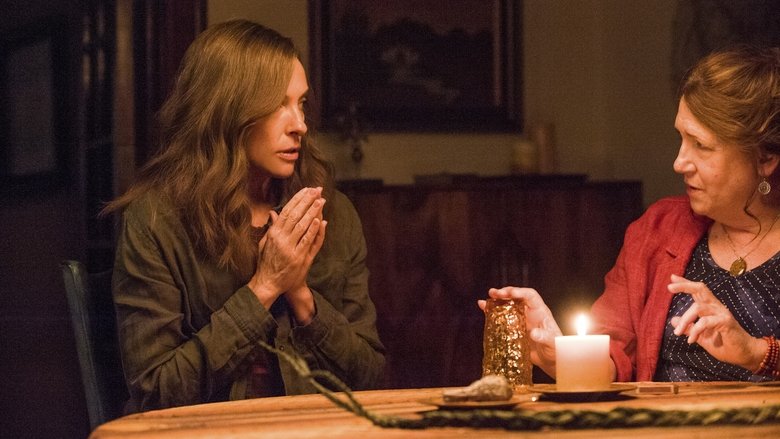What are the scariest movies ever made?
Embark on a journey into the darkest corners of cinema with our list of films widely considered among the most terrifying ever made. Prepare yourself for sleepless nights and heightened senses.



The pursuit of the absolute 'scariest movie' is a subjective and often debated topic among horror aficionados. What one person finds chilling, another might find merely unsettling. However, certain films have undeniably left an indelible mark on the genre, pushing boundaries and eliciting visceral reactions from audiences for decades.
Think about the cultural impact of The Exorcist, which reportedly caused fainting and vomiting in theaters upon its release, or the psychological dread woven into the fabric of The Shining. The raw, documentary-style terror of The Blair Witch Project redefined found footage horror, while Psycho's iconic shower scene remains a masterclass in suspense and shock.
From the relentless dread of classics like Halloween and A Nightmare on Elm Street that introduced us to unforgettable boogeymen, to the modern anxieties explored in films like Get Out and the profound, familial horror of Hereditary, this niche spans a wide spectrum of fear. Whether it's supernatural possessions, deranged killers, or the horrors lurking within the human psyche, these movies represent pinnacles of cinematic terror that continue to haunt viewers long after the credits roll.
14. Paranormal Activity (2007)
Oren Peli's Paranormal Activity brought the found-footage subgenre back into the mainstream with its stripped-down, minimalist approach to a haunted house story. The film centers on a young couple who set up cameras in their home to document the strange occurrences they believe are caused by a demonic presence.
The film's horror is built on patience and subtlety, focusing on the small, unexplained events that escalate over time – doors moving on their own, strange noises, objects shifting. The static camera angles in the bedroom during the night sequences become a source of intense anticipation and dread, forcing the audience to watch and wait for something, anything, to happen.
Paranormal Activity proved that effective horror doesn't need elaborate special effects; it can be generated through atmosphere, suggestion, and tapping into the universal fear of what might be lurking just out of sight in our own homes. Its massive success spawned a long-running franchise.

13. The Blair Witch Project (1999)
Daniel Myrick and Eduardo Sánchez's The Blair Witch Project revolutionized horror filmmaking with its found-footage style and incredibly effective marketing campaign that blurred the lines between reality and fiction. The film follows three student filmmakers who disappear while investigating a local legend in the woods.
Shot on handheld cameras, the film's shaky, raw aesthetic adds to its sense of realism and claustrophobia. The horror comes not from seeing the monster but from the psychological breakdown of the characters, their fear amplified by being lost and hunted in the dark woods. The film relies heavily on sound design and the power of suggestion to terrify the audience.
While polarizing for some, The Blair Witch Project's impact on the genre is undeniable, popularizing the found-footage format and demonstrating that terror could be incredibly effective with minimal budget and maximum atmosphere. The final moments remain deeply unsettling.

12. It Follows (2015)
David Robert Mitchell's It Follows presents a simple yet terrifying premise: a supernatural entity that relentlessly follows its victims after they contract it through sexual contact. This unique take on the 'STD as horror' concept is incredibly effective in creating a sense of inescapable dread.
The film's retro aesthetic, synth-heavy score, and suburban setting give it a timeless, unsettling quality. The entity itself is chilling because it can take the form of anyone, often appearing as a slow-walking figure in the background, forcing the audience to constantly scan the frame for potential threats.
It Follows taps into primal fears about sex, vulnerability, and the idea of an ever-present, unstoppable force. It's a film that builds its horror through atmosphere and suspense rather than relying on quick scares, creating a pervasive sense of unease that lingers long after viewing.

11. The Conjuring (2013)
James Wan's The Conjuring kicked off a massive horror franchise by returning to classic haunted house tropes with polished execution and genuinely frightening sequences. Based on the case files of paranormal investigators Ed and Lorraine Warren, the film centers on a family terrorized by a malevolent entity in their new farmhouse.
What makes The Conjuring so effective is its commitment to atmosphere and old-school scares. Wan builds tension masterfully, using camera movement, sound design, and practical effects to create moments of sheer terror. Patrick Wilson and Vera Farmiga are excellent as the Warrens, bringing a sense of warmth and conviction to their roles.
The film doesn't rely on excessive gore but instead focuses on building dread and delivering well-crafted jump scares that feel earned. It successfully revitalized the haunted house subgenre and proved that traditional horror storytelling could still be incredibly effective in the modern era.

10. Get Out (2017)
Jordan Peele's Get Out is a groundbreaking film that expertly weaves together horror, satire, and social commentary. It's a movie that is not only genuinely unnerving but also incredibly smart and thought-provoking, using horror tropes to dissect racial anxieties and systemic oppression.
Daniel Kaluuya is fantastic as Chris, a young Black man visiting his white girlfriend's family for the first time, only to discover a horrifying secret beneath their seemingly liberal facade. The film builds tension through subtle microaggressions and unsettling interactions, culminating in a truly terrifying and unique premise.
Get Out is a rare film that works on multiple levels – as a chilling horror film, a sharp social critique, and a darkly comedic thriller. Peele's confident direction and clever writing make for an incredibly engaging watch that stays with you long after the credits roll. It redefined what a modern horror film could be.

9. The Babadook (2014)
Jennifer Kent's The Babadook is a powerful and genuinely frightening film that masterfully blends psychological drama with supernatural horror. It explores the very real horrors of grief, depression, and the challenges of single parenthood through the metaphor of a terrifying storybook monster.
Essie Davis gives a raw and heartbreaking performance as Amelia, a widowed mother struggling to cope with her son's difficult behavior and her own unresolved trauma. The Babadook itself is a chilling creation, brought to life through unsettling design and sound, representing the darkness that can consume us if we let it.
The film is a nuanced and emotionally resonant take on the horror genre, proving that the most terrifying monsters can sometimes be the ones we carry within ourselves. It's a film that resonates on a deeply human level while still delivering effective scares and a pervasive sense of unease.

8. Hereditary (2018)
Ari Aster's Hereditary is a devastating and deeply unsettling exploration of grief, family trauma, and the inescapable nature of fate. It's a film that doesn't shy away from depicting the raw, agonizing pain of loss, using it as a breeding ground for supernatural terror.
Toni Collette delivers an absolutely stunning, fearless performance as Annie Graham, a woman grappling with the death of her母亲 and disturbing family secrets. The film builds its horror through a combination of intense psychological drama, disturbing imagery, and a palpable sense of dread that escalates relentlessly.
Hereditary is not an easy watch, but it is an incredibly effective one. It taps into primal fears about our lineage and the dark things that might be passed down through generations. The film's intricate production design and unsettling soundscape contribute to its suffocating atmosphere. It's a modern horror film that leaves a lasting, chilling impression.

7. Rosemary's Baby (1968)
Roman Polanski's Rosemary's Baby is a masterclass in slow-burn psychological horror, trading jump scares for pervasive dread and paranoia. Based on Ira Levin's bestselling novel, the film centers on a young woman who suspects her pregnancy is part of a sinister plot involving her seemingly friendly neighbors.
Mia Farrow gives a fragile and compelling performance as Rosemary, whose increasing isolation and fear are palpable. The horror in Rosemary's Baby is insidious, growing from subtle hints and unsettling coincidences until it becomes a terrifying certainty. The film expertly plays on themes of gaslighting, loss of bodily autonomy, and the fear of the unknown forces at play just beneath the surface of polite society.
The film's realistic setting and understated approach make the supernatural elements all the more disturbing when they finally surface. It's a film that gets under your skin and stays there, making you question everything and everyone around Rosemary.

6. A Nightmare on Elm Street (1984)
Wes Craven's A Nightmare on Elm Street brought a fresh and terrifying concept to the slasher genre: what happens when the killer can invade your dreams? Freddy Krueger, initially conceived as a darker, more menacing figure, evolved into a wise-cracking icon, but in this first film, he is genuinely horrifying.
The film plays on the universal fear of not being safe even in your own mind. The surreal and often gruesome dream sequences are incredibly creative and disturbing, blurring the lines between reality and nightmare. Robert Englund's performance as Freddy is magnetic, even under the extensive makeup.
A Nightmare on Elm Street revitalized the horror genre in the mid-80s, offering a unique premise and a villain who could exploit the deepest fears of his victims. It also introduced Johnny Depp in his film debut. The concept of a killer who can reach you when you're most vulnerable remains profoundly unsettling.

5. Halloween (1978)
John Carpenter's Halloween is a seminal slasher film that set the template for countless horror movies that followed. Its simplicity is its strength: a masked, silent killer stalking babysitters on Halloween night. But under Carpenter's direction, this simple premise becomes incredibly effective.
The film's use of widescreen cinematography, its iconic synth score (composed by Carpenter himself), and its focus on suspense over gore created a terrifyingly tense experience. Jamie Lee Curtis's portrayal of Laurie Strode established her as a definitive 'final girl' in horror.
Halloween proved that terror could be found in suburban normality, making the threat feel closer to home. Michael Myers, the masked Shape, is a chillingly effective villain precisely because of his lack of discernible motive or personality – he is pure, unstoppable evil. The film's influence on the slasher genre cannot be overstated.

4. The Shining (1980)
Stanley Kubrick's adaptation of Stephen King's The Shining is a slow-burn descent into madness that is as unsettling as it is visually stunning. While King himself famously disliked the adaptation for its deviations from his novel, Kubrick's film has carved out its own legacy as a chilling masterpiece of psychological horror.
Jack Nicholson's portrayal of Jack Torrance's unraveling sanity is legendary, perfectly capturing the character's descent into violent delusion. The isolated setting of the Overlook Hotel, with its cavernous halls and unsettling geometric patterns, becomes a character in itself, amplifying the sense of claustrophobia and dread.
Kubrick's meticulous direction, coupled with groundbreaking Steadicam work that allowed for smooth tracking shots through the hotel, creates a pervasive atmosphere of unease. The film's ambiguity and layered symbolism have led to decades of analysis and interpretation, making it a film that continues to haunt and fascinate.

3. Psycho (1960)
Alfred Hitchcock's Psycho is a foundational text in modern horror, a film that dared to break cinematic conventions and shock audiences to their core. Before Psycho, horror rarely targeted contemporary settings or depicted such graphic violence (for its time) against its lead actress so early in the story. This twist alone was revolutionary.
The film's brilliance lies in its masterful manipulation of audience expectations and its deep dive into the disturbed psyche of Norman Bates, played with unsettling vulnerability by Anthony Perkins. The iconic shower scene, despite its brevity, is a triumph of editing and sound, proving that what you don't explicitly show can be far more terrifying.
Hitchcock's direction is precise and deliberate, building suspense through framing, music, and pacing. Psycho isn't just a horror movie; it's a psychological thriller that redefined the genre and proved that monsters don't always have fangs or claws – sometimes they live next door.

2. The Texas Chain Saw Massacre (1974)
Tobe Hooper's The Texas Chain Saw Massacre is a relentless assault on the senses and a masterpiece of gritty, low-budget horror. Shot on a shoestring budget in scorching Texas heat, the film has a raw, documentary-like feel that makes its horrors feel terrifyingly real.
The film introduced the world to the terrifying figure of Leatherface and his deranged family, creating one of horror's most infamous villains. Unlike many slashers, the film relies more on atmosphere, sound design, and the sheer intensity of its situations rather than explicit gore, leaving much of the brutality to the viewer's imagination.
Its impact on the horror genre is undeniable, paving the way for countless imitators. Yet, none have quite captured the sheer, visceral terror of the original. The final chase sequence is a masterclass in building unbearable tension, culminating in one of the most iconic endings in horror history. It's a film that doesn't just scare you; it shakes you to your core.

1. The Exorcist (1973)
Often cited as the scariest film ever made, The Exorcist remains a cinematic landmark that continues to terrify audiences decades after its release. Director William Friedkin brought William Peter Blatty's bestselling novel to life with unsettling realism, employing innovative (and often grueling) practical effects and a genuinely disturbing atmosphere.
The film's exploration of faith, doubt, and the ultimate battle between good and evil is deeply unsettling. It wasn't just the shocking imagery that disturbed viewers; it was the psychological horror of a young girl's innocence being corrupted. The film famously caused fainting and walkouts in theaters upon its initial release, a testament to its raw power.
Ellen Burstyn delivers a powerhouse performance as the desperate mother, and Linda Blair's portrayal of the possessed Regan is iconic and genuinely chilling. The film's sound design, including the infamous demon voice, is incredibly effective in creating a sense of dread that permeates every scene. This isn't just a horror movie; it's an experience that burrows deep under your skin.

